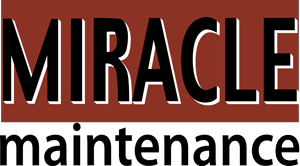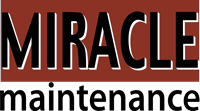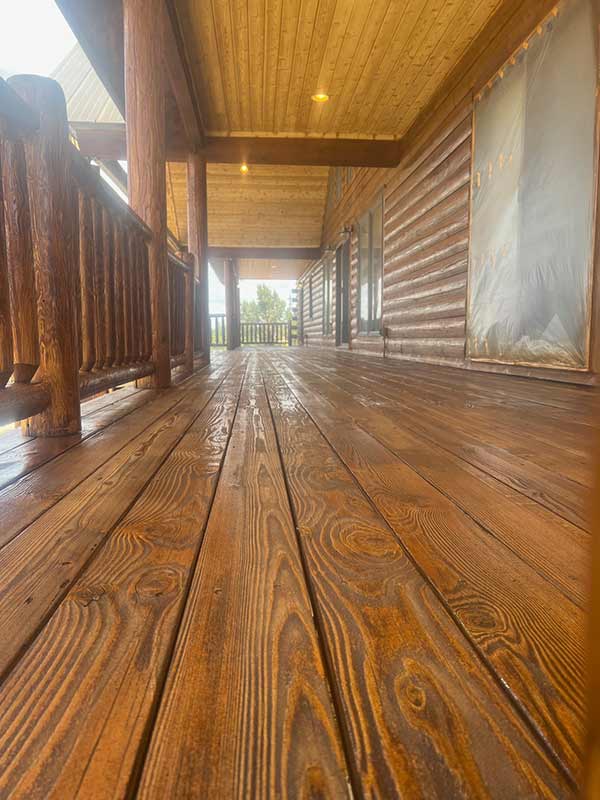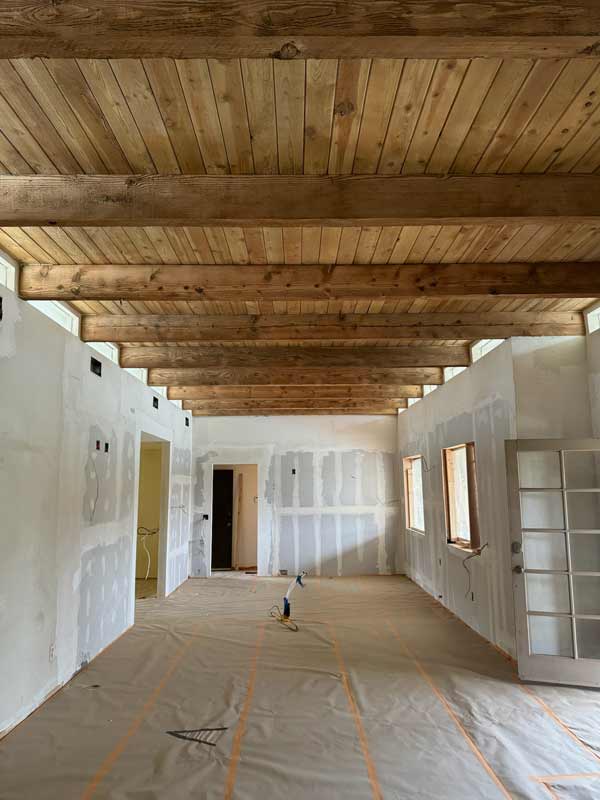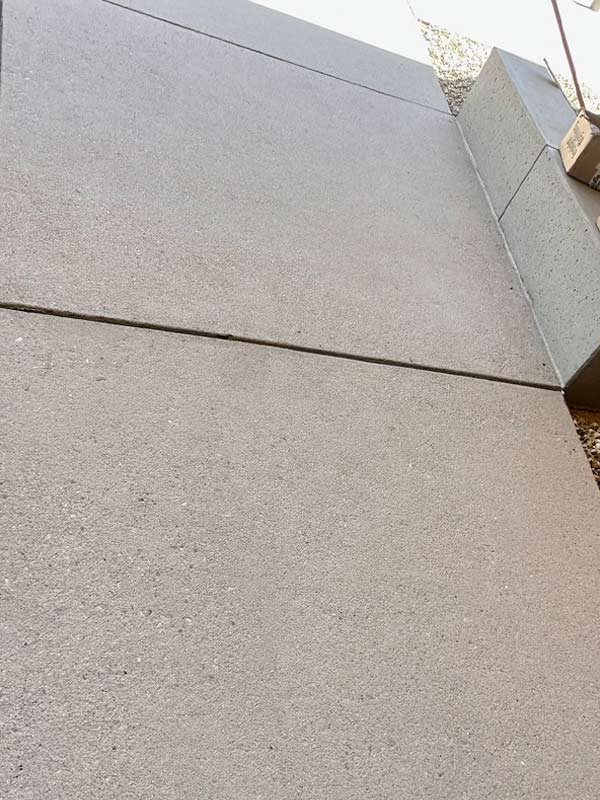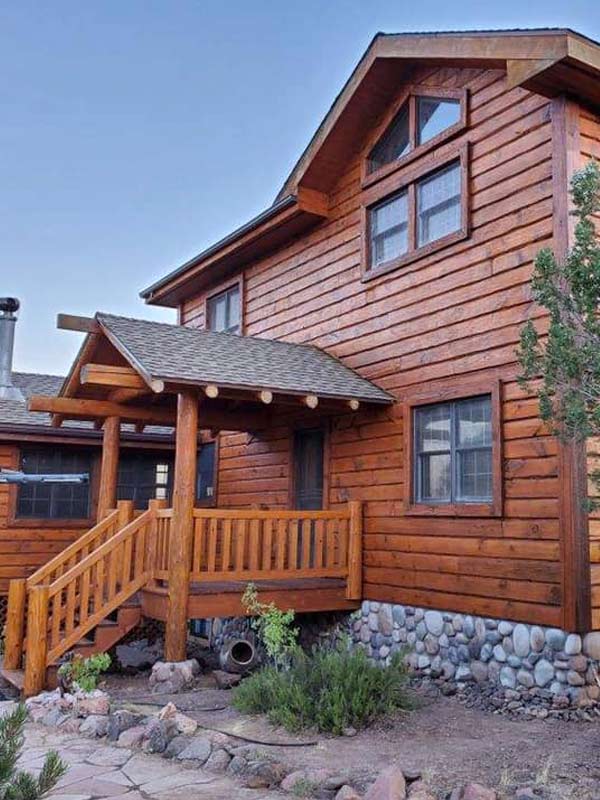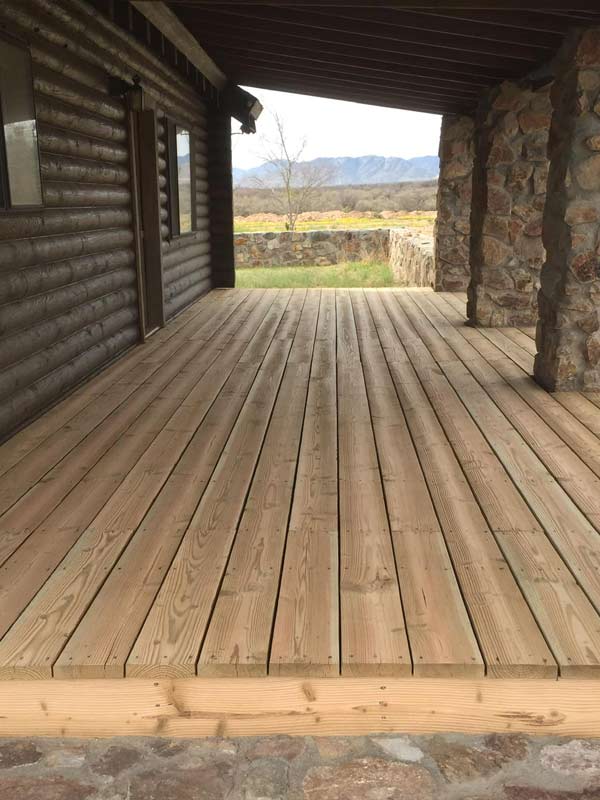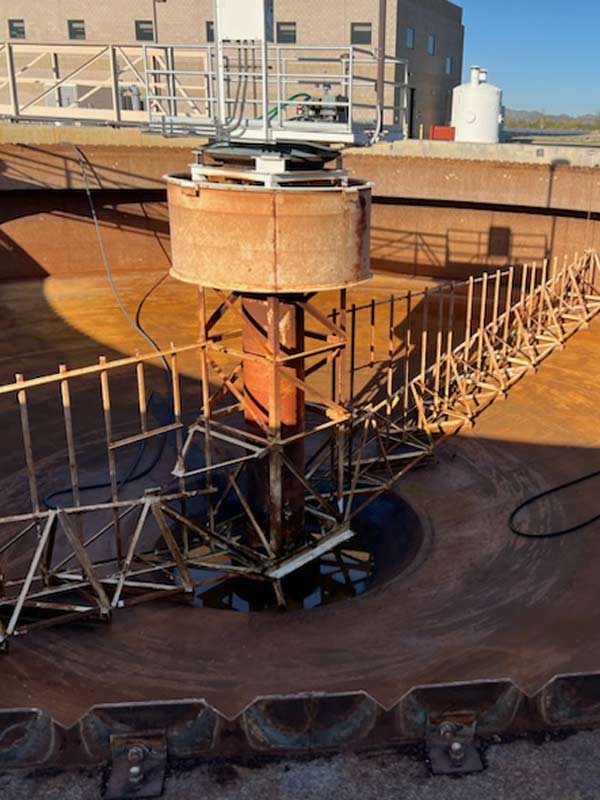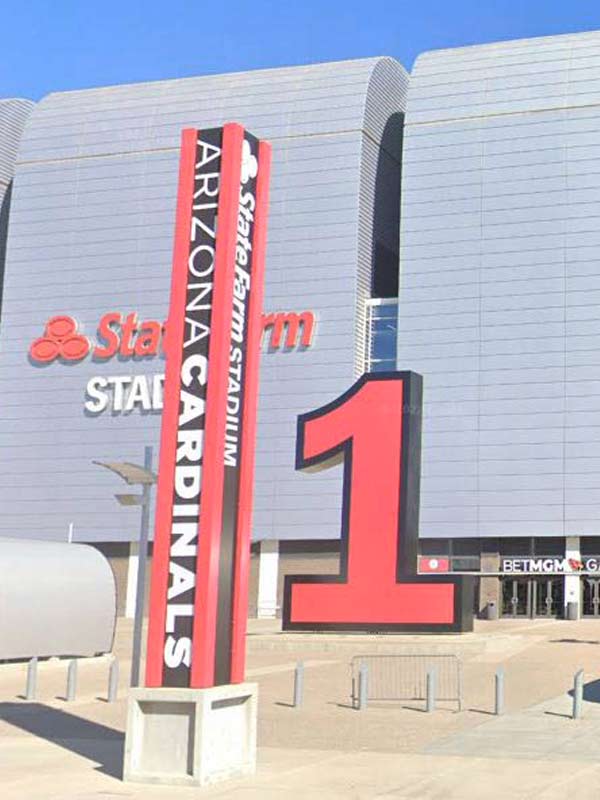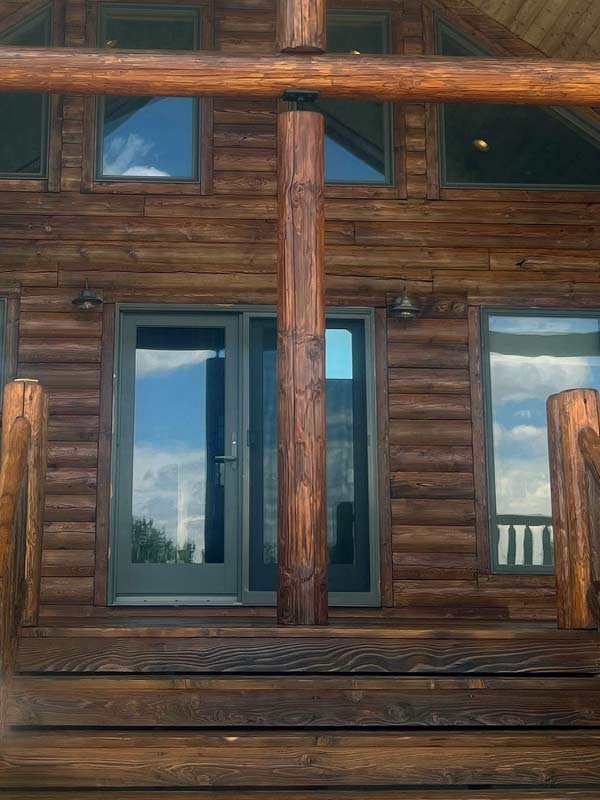Frequently Asked Questions
How to report graffiti in Scottsdale for removal?
Reporting graffiti in Scottsdale for removal involves contacting the city’s Code Enforcement Division. You can report graffiti by calling their office or submitting an online request through the city’s website for prompt action.
What is the cost of graffiti removal in Scottsdale?
The cost of graffiti removal in Scottsdale varies based on the size and complexity of the job. Typically, prices range from $200 to $1,000, depending on the surface and the extent of the damage.
Is graffiti removal covered by insurance in Scottsdale?
Graffiti removal may be covered by insurance in Scottsdale, depending on your specific policy and the circumstances of the damage. It's best to consult your insurance provider for detailed information regarding coverage.
Who is responsible for graffiti removal in Scottsdale?
The responsibility for graffiti removal in Scottsdale typically falls on property owners; however, local government initiatives may assist in removal efforts. Professional services like Miracle Maintenance can also be hired to effectively address graffiti issues.
How long does graffiti removal take in Scottsdale?
The duration of graffiti removal in Scottsdale varies based on the extent of the damage and the surface involved. Typically, the process can take anywhere from a few hours to a full day.
What are the methods of graffiti removal in Scottsdale?
The methods of graffiti removal in Scottsdale include chemical solvents, pressure washing, and media blasting. Each technique is tailored to the surface and type of graffiti, ensuring effective and safe removal while preserving the underlying material.
How to remove graffiti from walls in Scottsdale?
Removing graffiti from walls in Scottsdale involves using specialized cleaning solutions or media blasting techniques. For best results, consider hiring professionals like Miracle Maintenance, who have the expertise and equipment to efficiently restore your surfaces.
Can I remove graffiti myself in Scottsdale?
Removing graffiti yourself in Scottsdale is possible, but it can be challenging and time-consuming. It's often more effective to hire professionals who have the right tools and expertise for a thorough and safe removal.
What are the best practices for graffiti removal?
The best practices for graffiti removal include using appropriate cleaning solutions, testing on a small area first, employing pressure washing or media blasting techniques, and ensuring proper safety measures are in place to protect surfaces and the environment.
How can I prevent graffiti on my property?
Preventing graffiti on your property can be achieved through various measures. Consider installing surveillance cameras, using anti-graffiti coatings, and maintaining good lighting to deter vandals effectively. Regularly monitoring and promptly removing any graffiti can also help discourage future incidents.
What tools are needed for graffiti removal?
The tools needed for graffiti removal include pressure washers, chemical graffiti removers, scrapers, brushes, and protective gear. These tools help effectively eliminate unwanted graffiti from various surfaces while ensuring safety during the process.
Are there eco-friendly graffiti removal options?
Eco-friendly graffiti removal options are available. Miracle Maintenance uses environmentally safe products and techniques to effectively remove graffiti while minimizing harm to the surroundings and ensuring a sustainable approach to cleaning.
How to choose a graffiti removal service?
Choosing a graffiti removal service involves evaluating their experience, methods, and customer reviews. Ensure they use eco-friendly products and offer a satisfaction guarantee to achieve effective and safe results.
What are the risks of DIY graffiti removal?
The risks of DIY graffiti removal include potential damage to surfaces, exposure to harmful chemicals, and inadequate removal that may leave stains or residue. Professional services ensure safe, effective, and thorough cleaning without compromising the integrity of the property.
How often should graffiti removal be done?
The frequency of graffiti removal should be determined by the visibility and location of the graffiti. For high-traffic areas, removal should occur promptly, ideally within a week, to discourage further vandalism and maintain a clean environment.
What surfaces are easiest for graffiti removal?
The surfaces easiest for graffiti removal include smooth materials like metal, glass, and sealed wood. These surfaces allow for effective cleaning without damaging the underlying material, making the removal process more efficient.
What are the legal implications of graffiti removal?
The legal implications of graffiti removal include the need for property owner consent and adherence to local laws regarding removal methods. Unauthorized removal can lead to fines or legal action, making it essential to follow proper procedures.
How to report persistent graffiti issues?
To report persistent graffiti issues, contact your local authorities or community services department. Provide specific details about the location and nature of the graffiti to ensure prompt action is taken for its removal.
What community resources assist with graffiti removal?
Community resources that assist with graffiti removal include local government programs, neighborhood watch groups, and nonprofit organizations dedicated to community beautification. These entities often provide tools, volunteer support, or funding to help remove graffiti effectively.
How does weather affect graffiti removal effectiveness?
Weather significantly impacts the effectiveness of graffiti removal. Rain, humidity, and extreme temperatures can hinder the removal process, affecting the adhesion of cleaning agents and the overall results. Ideal conditions ensure optimal performance and quicker results.
What are the costs associated with graffiti prevention?
The costs associated with graffiti prevention include materials for protective coatings, regular maintenance, and potential installation of surveillance systems. These expenses can vary based on the size of the area and the level of protection desired.
How can businesses protect against graffiti vandalism?
Businesses can protect against graffiti vandalism by implementing preventive measures such as installing surveillance cameras, using anti-graffiti coatings, and fostering community engagement to deter vandalism. Regular maintenance and prompt removal of graffiti also help minimize its impact.
What training is required for graffiti removal professionals?
The training required for graffiti removal professionals includes understanding various cleaning techniques, safety protocols, and the proper use of chemicals and equipment. Additionally, hands-on experience and knowledge of surface materials are essential for effective removal.
What chemicals are effective for graffiti removal?
Effective chemicals for graffiti removal include solvents like acetone and methyl ethyl ketone, as well as specialized graffiti removers containing sodium hydroxide or citrus-based formulations, which break down paint and adhesive residues efficiently.
How to assess graffiti damage before removal?
Assessing graffiti damage before removal involves examining the surface for material degradation, understanding the type of paint used, and evaluating the extent of the graffiti's impact on the underlying structure. This helps determine the appropriate removal method.
What are the long-term effects of graffiti on property?
The long-term effects of graffiti on property include potential damage to surfaces, decreased property value, and an increased perception of neglect, which can lead to further vandalism and decreased community pride.
How can local governments support graffiti removal efforts?
Local governments can support graffiti removal efforts by allocating funds for cleanup initiatives, establishing community partnerships, and promoting volunteer programs that encourage residents to participate in maintaining clean public spaces.
What are the most common graffiti removal mistakes?
The most common graffiti removal mistakes include using the wrong cleaning method, applying excessive pressure, and neglecting to test surfaces for damage. These errors can lead to surface damage and ineffective removal, complicating the restoration process.
How to document graffiti for insurance claims?
Documenting graffiti for insurance claims involves taking clear photographs of the damage, noting the date and location, and gathering any witness statements. Ensure to keep all relevant documentation organized for submission to your insurance provider.
What community programs focus on graffiti education?
Community programs that focus on graffiti education include workshops and outreach initiatives aimed at teaching youth about the impact of graffiti, promoting artistic expression through legal murals, and fostering community engagement to reduce vandalism.


